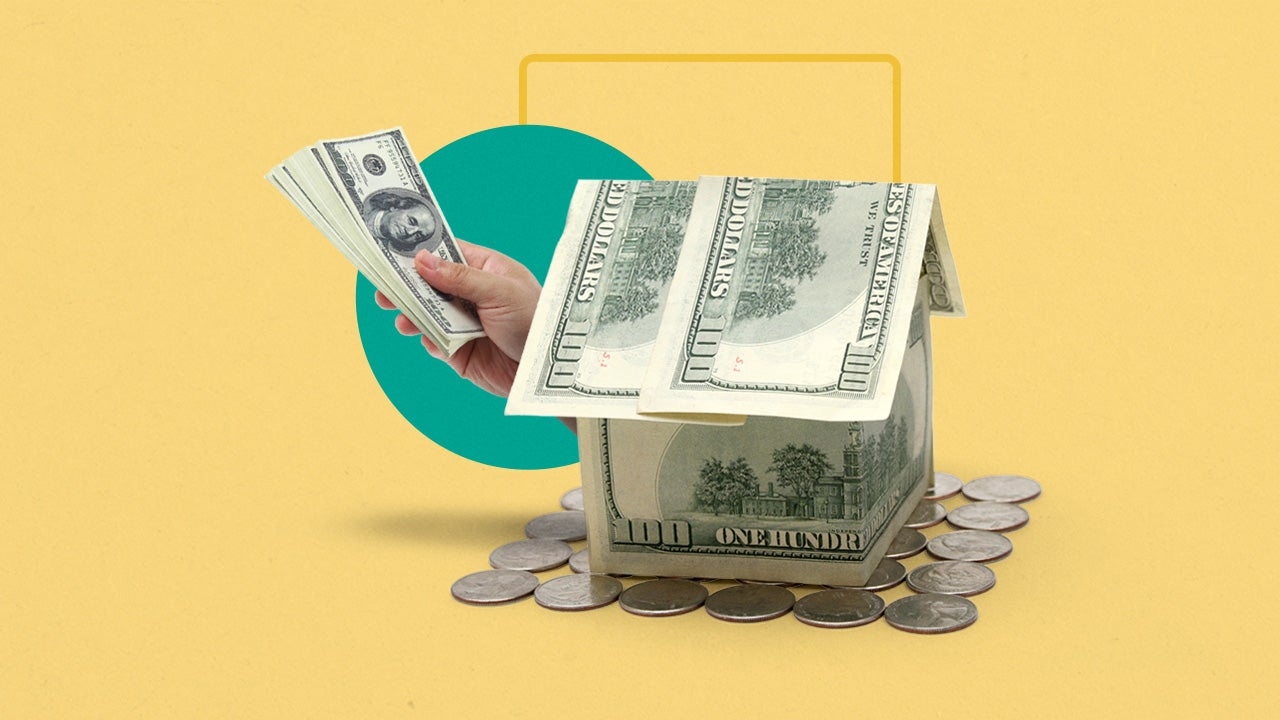When should you refinance your mortgage?




Key takeaways
- Refinancing your mortgage could make sense for several reasons: lowering your interest rate, taking cash out of your equity or switching to a fixed-rate loan.
- For most borrowers, the ideal time to refinance is when market rates have fallen below the rate on their current loan.
- If you want to refinance, calculate the break-even point so you’ll know exactly how long it’ll take to realize the savings.
While most borrowers refinance their mortgages when refinance rates fall, there are other reasons why you might swap your loan. Here’s how to figure out when a refi could make sense — and when it might be better to consider other options.
When should you refinance your home?
For many borrowers, it’s best to refinance when you can lower your interest rate — and your monthly payment — but that’s not the only factor to consider.
Bill Packer, chief operating officer of reverse mortgage lender Longbridge Financial, suggests three factors to consider when weighing a refinance:
- The after-tax monthly savings (the new payment compared to the old payment, accounting for any tax-favored treatment)
- The amount of time you intend to be in the home
- The refinance closing costs
Once you know these three things, you can calculate your return to see if it’s positive, Packer says.
Example: Deciding when to refinance a mortgage
Let’s say you took out a 30-year mortgage for $320,000 at a fixed interest rate of 7.23 percent. The monthly payment totals $2,179, and over the life of the loan, you’d pay $784,305, which includes $464,305 in interest.
Say five years later, rates drop to 6.54 percent. At that point, you’d have $301,950 remaining on the original loan. If you were to refinance to another 30-year loan at that lower rate, your monthly payment would total $1,916 — more than a $200 savings. However, while you’d pay $387,983 in total interest on the new loan, that doesn’t account for the $112,667 in interest you’ve already paid on your current one.
If you want to save on total interest, consider refinancing to a 25-year loan. You’ll pay a little bit more each month, but you will shave almost $40,000 off your total interest payment.
| Current mortgage | 30-year refinance | 25-year refinance | |
|---|---|---|---|
| Monthly payment | $2,179 | $1,916 | $2,046 |
| Interest rate | 7.23% | 6.54% | 6.54% |
| Interest total | $464,305 | $500,650 | $424,619 |
| Interest savings | $0 | -$36,345 | $39,686 |
The total amount you can save by refinancing depends on several factors beyond rate, including your closing costs and whether you’ve chosen the right kind of refinance for your needs.
You won’t begin to realize savings until you reach the break-even point: when the amount that you save exceeds the closing costs.
Using the 30-year refinance example, say your refinance closing costs total $6,000. To determine the break-even point, divide the closing costs by the amount you’ll save each month with your new payment.
$6,000 / $263 = 22.8 months, or a little less than two years
If you don’t plan to stay in your home that long, refinancing might not make sense.
Reasons to refinance your mortgage
Here are the key reasons to consider refinancing:
Lower the interest rate
If mortgage rates have dropped since you first obtained your mortgage, a rate-and-term refinance can provide you with a lower rate, assuming you qualify. That rate should be one-half to three-quarters of a percentage point lower than your current rate to make the trouble and expense of refinancing worth your while.
You might also qualify for a better interest rate if your credit score has improved since taking out your current loan. The best rates go to those with a score of at least 780.
Shorten the loan term
You can also refinance to shorten the time it takes to repay your loan. If you have a 30-year mortgage, for example, you might want to refinance to a new 15-year mortgage. Ideally, you’d get a lower interest rate and lower monthly payments with the new loan, but it depends on prevailing rates and your remaining loan balance.
Change the rate structure
Along with lowering the rate or shortening the term, some borrowers refinance from an adjustable-rate mortgage (ARM) to a fixed-rate loan. A fixed rate makes your monthly payment consistent, which can be easier on your budget. On the flip side, switching a fixed-rate loan to an ARM might allow for lower payments until the rate adjusts.
Pay for large expenses
You can use a cash-out refinance to tap your home’s equity for cash. You can use these funds for any purpose, such as:
- Reducing or eliminating high-interest debt
- Renovating your home
- Paying college tuition
- Investing in property
Eliminate private mortgage insurance (PMI)
If you have a conventional loan and your home’s value has increased, a refinance could get you out of paying private mortgage insurance (PMI) right away, or at least earlier than if you’d followed the original amortization schedule. If you have an FHA loan and at least 20 percent equity in your home, you could also refinance to a conventional loan and eliminate your mortgage insurance premiums.
Change the home’s ownership
If you need to change the people who are responsible for the mortgage — for example, if you’re divorcing and one of you intends to keep the home — refinancing may be your best option. Keep in mind that whoever remains in the home will need to qualify for the mortgage with their finances alone.
When you should not refinance
There are times when refinancing isn’t the best option. Consider other options if:
- You’ll pay a lot more in interest. If prevailing rates are higher than your current rate, or your credit and finances today mean you won’t qualify for a lower rate, it usually doesn’t make sense to take out a new loan.
- You plan to sell your home soon. If you’re selling soon, you’re unlikely to be in the home long enough to recover refinancing costs.
- You plan to use the savings for discretionary spending. Don’t put your home on the line if you plan to spend the refinance savings or cash-out proceeds on one-time expenses, like a vacation or car. In general, it’s better to save for these costs.
- You’re far along in your mortgage. If you’re already at least halfway through the loan term, you might not save money by refinancing. You’ve already reached the point where more of your payment is going to loan principal than interest; refinancing now means you’ll restart the clock and pay more toward interest again.
- You need to apply for other credit soon. Refinancing may lead to a temporary dip in your credit score. If you’re gearing up to buy a car or apply for another kind of loan, consider holding off on refinancing until after your credit score has recovered.
Is refinancing worth it?
If it helps you come out ahead financially — whether by freeing up money in your monthly budget, reducing the overall cost of the loan or helping you achieve some other financial goal — refinancing can be well worth the time and money.
“It’s important to determine your break-even point,” says Linda Bell, senior writer for Bankrate. “Remember that refinancing has costs just like a regular mortgage. While your goal might be a shorter loan term or a lower interest rate, if you plan to sell your home in a few years, it might not make financial sense. Make sure the benefits outweigh the costs.”
FAQ
Why we ask for feedback Your feedback helps us improve our content and services. It takes less than a minute to complete.
Your responses are anonymous and will only be used for improving our website.



